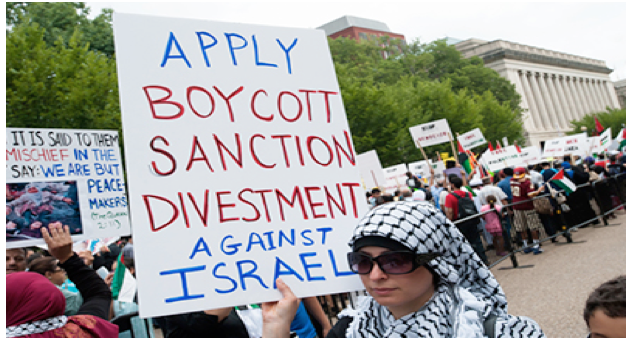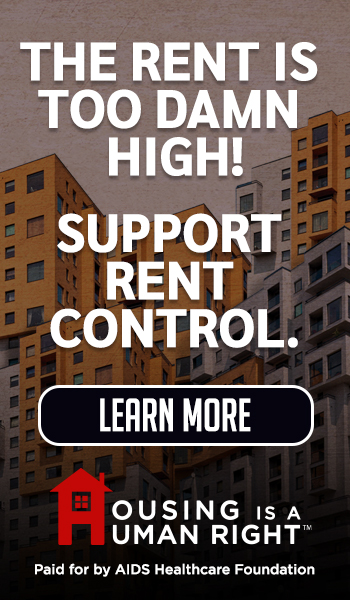Mayor Garcetti Pressed to End Overdevelopment … Leonardo DiCaprio Backs Neighborhood Integrity Initiative
VOX POP--Working-class Latinos, Westside homeowners, Valley renters, South Los Angeles citizens and major film stars joined together today in asking Mayor Eric Garcetti to reform the city’s rigged development system that is paving over cherished neighborhoods and has created a serious luxury housing glut and massive gridlock, while destroying thousands of units of affordable housing.
Concerned Angelenos Leonardo DiCaprio, Kirsten Dunst, Joaquin Phoenix, Chris Pine, Garrett Hedlund and Chloe Sevigny added their voices to those of former Mayor Richard Riordan, Skid Row Rev. Alice Callaghan and tens of thousands of Los Angeles residents supporting the Neighborhood Integrity Initiative, which will give residents a much greater say in what Los Angeles becomes.
In a meeting at City Hall with Mayor Eric Garcetti, leaders of communities from east, west, south and north sectors of Los Angeles, rich and poor, middle-class and working-class, urged Mayor Garcetti to take the lead — as he promised in April 2016.
If he does not propose major and immediate reform, in just over a week, the Coalition to Preserve LA, sponsors of the Neighborhood Integrity Initiative aiming for the March 2017 ballot, will submit far more signatures than needed to qualify for the ballot.
Below is the letter and signatories to the letter, presented today to Mayor Garcetti:
Dear Mayor Garcetti:
We appreciate that you agree with us that our city’s planning process is broken and out of control. As you know, for far too long, greed has fueled corruption, which has produced runaway development, and now stifling gridlock.
This planning process does not serve the people of Los Angeles because it’s not designed to. It is designed to serve powerful lobbyists and for-profit developers at the expense of the rest of us. And we pay the price.
That’s why we support the Neighborhood Integrity Initiative. We have been playing by the rules of a rigged system for a generation, only to see luxury housing proliferate, gridlock calcify, homelessness spike, open space destroyed and middle-class homeowners get squeezed out of our city.
The time has come to take back our city for our communities and our families before the fundamental character of our city is lost forever.
While we deeply believe in the purpose and the policies represented in the Neighborhood Integrity Initiative, we also believe that complicated issues like zoning policies and urban planning are best resolved by the city’s elected leadership. That’s their job. That is the reason we write to you today.
Through our grassroots campaign we have collected the requisite amount of signatures to qualify for the March 2017 ballot, the same ballot on which you and seven council members will stand for reelection. On August 24th we plan to turn in our signatures.
We believe our city is about to cross a Rubicon after which the character of our neighborhoods will be drowned out by unrelenting development and lost forever in a sea of unaffordable luxury housing and gridlock. We have no choice but to act now.
But we would welcome your leadership on this pressing issue, and we remind you that, in reaction to our citizen initiative movement, you promised to be that leader. You said that you want to fix the broken system in City Hall, yet you have done nothing of note to achieve that goal, and time is running out.
Before our August 24 signature completion, we urge you to announce your mayoral plan to transform the fundamental nature of our rigged system. Our tens of thousands of supporters expect your commitment to include:
- Developers and their special interest lobbyists must no longer be permitted to choose the consultants who literally write Environmental Impact Reports for their own developments. This obvious conflict of interest must be banned so that the actual environmental impact – not a consultant’s self-interested twisting of traffic, health, parking, open space and density impacts – will be fully mitigated, instead of ignored.
- There must be a clear and transparent process, including fast-tracked deadlines, for crafting the new Los Angeles General Plan that empowers the people to chart the future of our own city, slashing the undue influence of developers and their lobbyists over the L.A. River, neighborhood character, mansionization, small lot subdivisions and other crucial public concerns.
- Spot zoning exceptions to the General Plan, a practice which currently allows wildly inappropriate mega-developments in cherished neighborhoods, must become the rare exception to the rule, rather than routine, as it is today.
- Ex parte communications between developers and city elected officials or members of the City Planning Commission — also known as backroom meetings — must be eliminated. Just as we have seen with the California Coastal Commission, ex parte communications give developers an all-access pass to our government officials while regular people with a much bigger stake in their communities wait in line at long meetings for one minute of public comment. We are better than that.
It is our hope that we can put aside special interest politics and rally around a shared vision for our collective future that serves all the unique neighborhoods and communities of Los Angeles.
You have a deep connection to the history of Los Angeles. Your story in many ways is the story of our city. You literally embody many of the diverse cultures and communities that make our city so special. As citizens and as voters, we call upon you to commit these next several days to proposing a far-reaching solution that will shape the landscape and define the character of Los Angeles for the 21st Century.
Meanwhile, we are readying for our our August 24th deadline, when we will submit far more than our required 62,000 signatures, and the people of Los Angeles will decide.
We look forward to your response.
Sincerely,
The People of Los Angeles
Signatories (all signatories are acting as individuals.)
Dr. Ken Alpern, chairman, the Transit Coalition; and board member, Mar Vista Community Council
Jay Beeber, executive director, Safer Streets L.A.; and San Fernando Valley coordinator, Coalition to Preserve LA
Sandy Brown, president, Holmby-Westwood Property Owners Association; and vice president Westwood Neighborhood Council
Jose Cabrera, vice president, and Margarita Lopez, president, MacArthur Park Neighborhood Council
Rev. Alice Callaghan, founder, Familias del Pueblo, Skid Row
Mabel Chang, Del Rey, former president, Los Angeles City Planning Commission
Cindy Chvatal, president, Hancock Park Homeowners Association
Richard Close, president, Sherman Oaks Homeowners Association
Diann Corral, president, Laurel Grove Neighborhood Association, North Hollywood
Leonardo DiCaprio, award-winning actor and environmentalist
Kirsten Dunst, award-winning actress and activist
Aaron Epstein, founder and owner, Artisan’s Patio of Hollywood, Valley Village
Gustavo Flores and Manny Flores, founders, Westlake Advocates, Westlake
Joyce Foster, former board member, Westside Area Planning Commission; and former vice-president, Los Angeles Building and Safety Commission
Roman Gomez, president, and Arturo Gomez, vice president, Elysian Valley Neighborhood Council
Xochitl Gonzalez, board member, West L.A.-Sawtelle Neighborhood Council
Damien Goodmon, founder, Crenshaw Subway Coalition, South Los Angeles
Garrett Hedlund, actor and activist
Alex Hertzberg, executive director, Society for the Preservation of Downtown Los Angeles.
Debra Hockemeyer, vice-president and treasurer, Brentwood Hills Homeowners Association
Jack Humphreville, president, DWP Advocacy Committee; and Ratepayer Advocate, Greater Wilshire Neighborhood Council
Susan Hunter, member, 1st Unitarian Church of Los Angeles; and RAINN Speakers Bureau
Christine and Gareth Kantner, owners, Cafe Stella, Silver Lake
Jeff Lynn, president, Van Nuys Neighborhood Council
Casey Maddren, president, and entire board, UN4LA, Hollywood
Joaquin Phoenix, award-winning actor and activist
Chris Pine, award-winning actor and activist
Dick Platkin, former Los Angeles city planner; and adjunct instructor, USC
Richard Riordan, former Mayor of Los Angeles, Brentwood
Julie Ross and Kathy Schwertfeger, Playa del Rey Guardians Society, Playa del Rey
Chloe Sevigny, award-winning actress and activist
Gerald Silver, president, Homeowners of Encino; board and members, Homeowners of Encino
Clint Simmons, P.E, member, Expo Communities United; and board member, Baldwin Neighborhood Homeowners Association, South L.A.
Darren Starks, president, Baldwin Neighborhood Homeowners Association, South L.A.
Robina Suwol, founder, California Safe Schools, San Fernando Valley
Carole Tweden, Wilshire Vista Heights stakeholder; volunteer for Coalition to Preserve LA
Diego Velasco, Academy Award-nominated filmmaker, Silver Lake
Grace Yoo, attorney, co-founder, Environmental Justice Collaborative, Koreatown
Gloria Zuurveen, publisher, Pace News; and director, Los Angeles Press Club Board, South L.A.
(This article provided CityWatch by Preserve LA.)
-cw


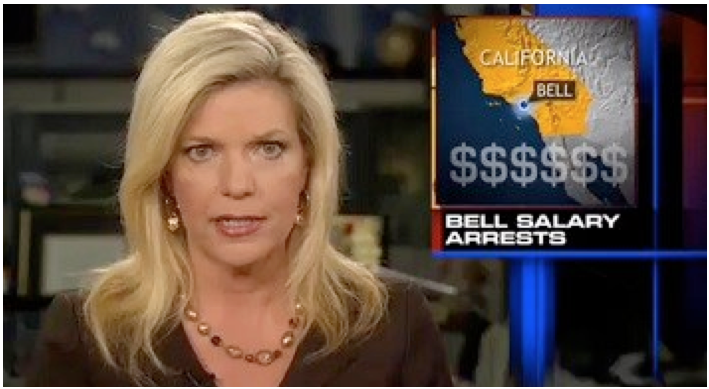
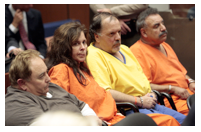 Bell--In 2010, a
Bell--In 2010, a 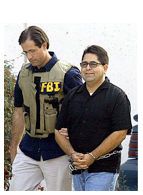 South Gate--Former city councilman, city manager, mayor and treasurer Albert Robles was sentenced to 10 years in federal prison in 2005 for public corruption, money laundering and bribery. Though several of the convictions were thrown out in 2013, Robles’ sentence was not reduced because of the seriousness of the bribery counts that remained.
South Gate--Former city councilman, city manager, mayor and treasurer Albert Robles was sentenced to 10 years in federal prison in 2005 for public corruption, money laundering and bribery. Though several of the convictions were thrown out in 2013, Robles’ sentence was not reduced because of the seriousness of the bribery counts that remained.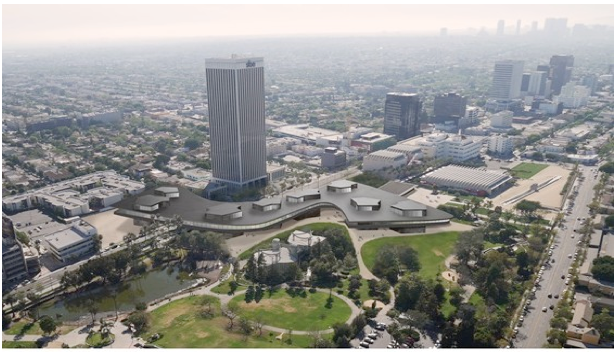
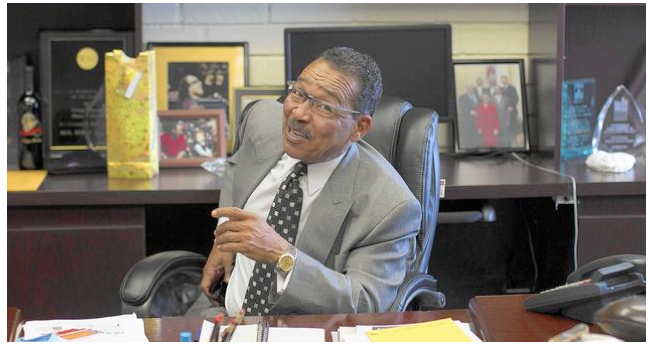
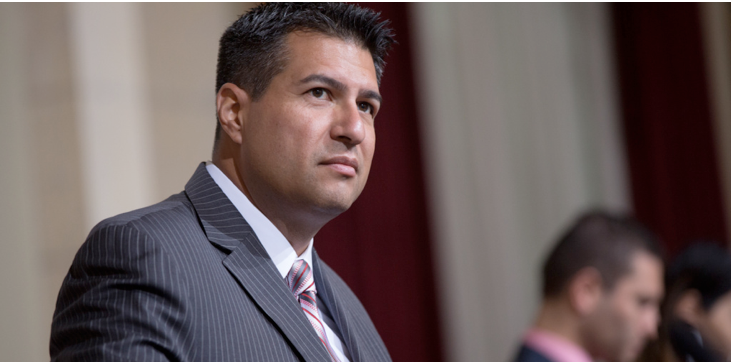
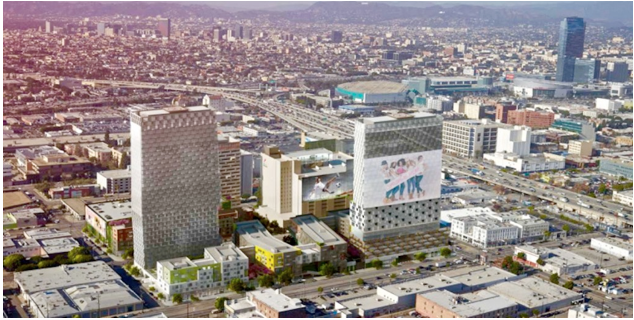
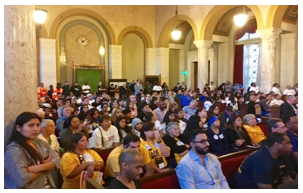 At the City Hall hearing, where more than 140 people testified, local residents brought up a number of serious concerns with planning commissioners David Ambroz, Renee Dake Wilson, Veronica Padilla, Caroline Choe, Samantha Millman, John Mack, Robert Ahn and Dana Perlman, including:
At the City Hall hearing, where more than 140 people testified, local residents brought up a number of serious concerns with planning commissioners David Ambroz, Renee Dake Wilson, Veronica Padilla, Caroline Choe, Samantha Millman, John Mack, Robert Ahn and Dana Perlman, including: 